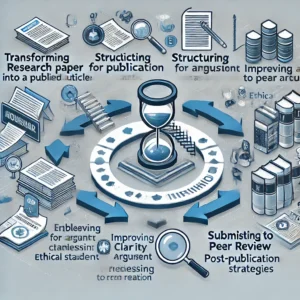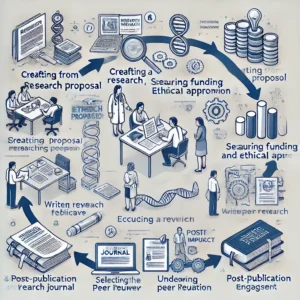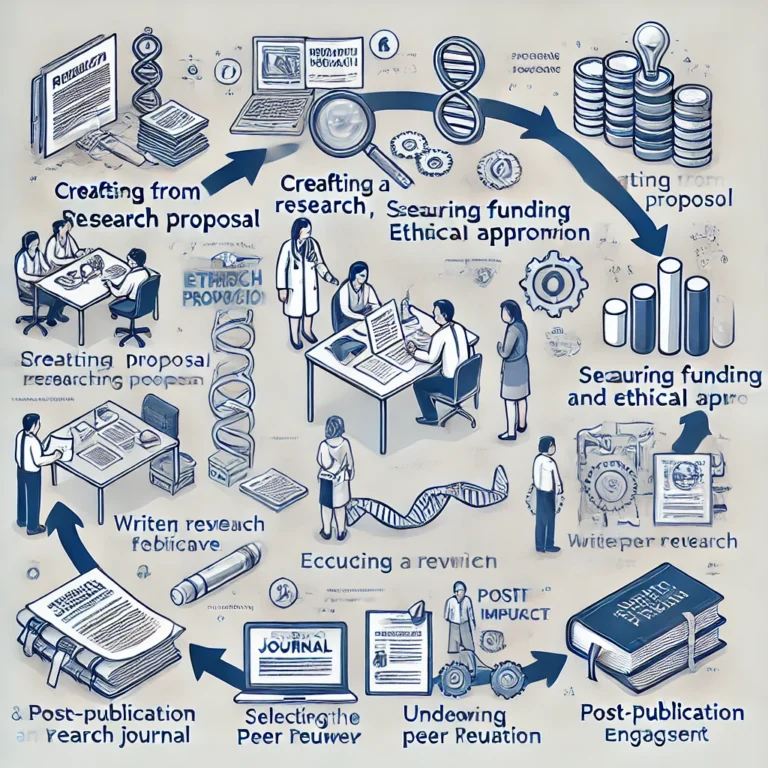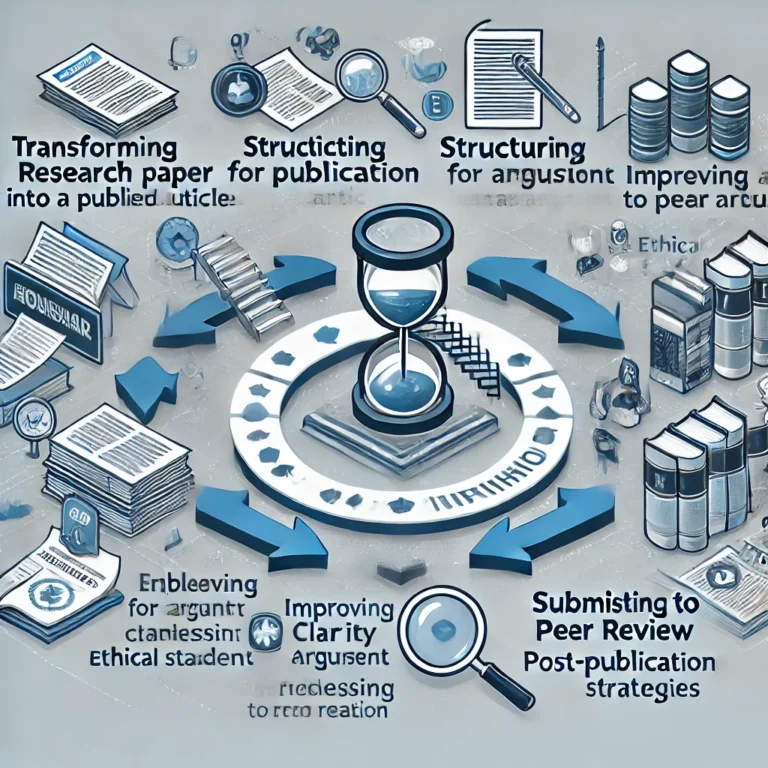In today’s rapidly evolving research landscape, interdisciplinary collaboration is becoming increasingly vital. By integrating knowledge, methodologies, and expertise from multiple disciplines, researchers can address complex global challenges, drive innovation, and generate more holistic insights. However, interdisciplinary research also presents unique challenges that must be navigated effectively.
Opportunities in Interdisciplinary Research
1. Solving Complex Problems
Many modern challenges—such as climate change, public health crises, artificial intelligence ethics, and sustainable development—cannot be adequately addressed by a single discipline. Interdisciplinary research combines diverse perspectives to create more comprehensive solutions.
🔹 Example: Environmental sustainability research integrates ecology, economics, and social sciences to develop viable conservation policies.
2. Innovation and Creativity
When researchers from different backgrounds collaborate, they bring novel ideas and techniques, leading to groundbreaking discoveries and innovative applications.
🔹 Example: The fusion of neuroscience and artificial intelligence has advanced brain-computer interfaces and machine learning models.
3. Expanding Research Impact
Interdisciplinary research has the potential to influence multiple fields, policymakers, industries, and the general public. This broader impact increases funding opportunities, media attention, and societal engagement.
🔹 Example: Medical researchers collaborating with engineers have pioneered new biomedical devices and prosthetics.
4. Enhanced Collaboration and Networking
Interdisciplinary projects encourage partnerships between universities, government agencies, and private industries, leading to stronger professional networks and increased research funding.
🔹 Example: Global initiatives like the Human Genome Project brought together biologists, chemists, computer scientists, and statisticians to map the human genome.
Challenges in Interdisciplinary Research
1. Communication Barriers
Different disciplines often use distinct terminology, methodologies, and frameworks, which can lead to misunderstandings and inefficiencies.
💡 Solution: Establish common ground by developing shared vocabularies, organizing interdisciplinary workshops, and using visual tools to convey complex ideas.
2. Institutional and Funding Constraints
Traditional academic structures and funding agencies are often discipline-specific, making it challenging for interdisciplinary researchers to secure grants and publish in high-impact journals.
💡 Solution: Advocate for funding models that support interdisciplinary projects and target journals that welcome cross-disciplinary research.
3. Evaluation and Recognition Issues
Researchers engaged in interdisciplinary work may struggle with career advancement due to a lack of clear evaluation metrics or recognition from single-discipline peer review committees.
💡 Solution: Encourage institutions to develop interdisciplinary research metrics and reward cross-field collaborations in tenure and promotion assessments.
4. Methodological and Theoretical Integration
Combining diverse methodologies and theoretical approaches can be difficult, particularly when disciplines have conflicting paradigms or data collection methods.
💡 Solution: Adopt mixed-method approaches, establish standardized research frameworks, and encourage iterative problem-solving strategies.
Future of Interdisciplinary Research
The importance of interdisciplinary research is growing, driven by technological advancements, increased data accessibility, and the need for holistic problem-solving. Emerging areas like bioinformatics, smart cities, and global health demonstrate the power of interdisciplinary collaboration.
To maximize success in interdisciplinary research, academic institutions, funding bodies, and researchers must embrace flexibility, open communication, and collaborative mindsets.
Would you like a visual representation of this topic or recommendations for successful interdisciplinary collaboration? 😊










